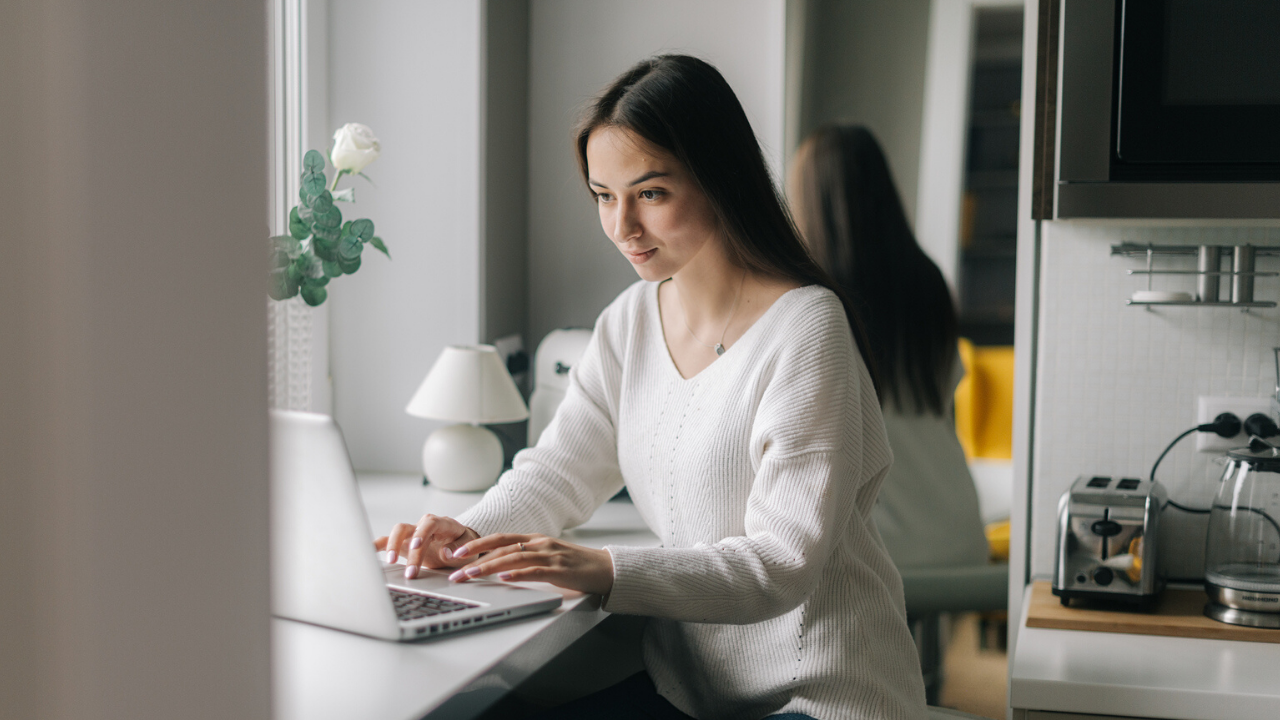As economies gradually open back up, the question of what businesses need to do to abide by distancing guidelines is still murky. Companies are rushing to rethink their office design that welcomes back employees into their workspace, without putting them at risk.
In the first phase of transitioning workers back into the office, the most effective thing a company can do is continue to utilize remote working arrangements. A hybrid model that keeps a portion of the workforce at home will make it easy to implement physical distancing for those who do need to be physically present in the office.
Additionally, have a plan set in stone for when employees need to stay home, how to work from home and offer resources to provide a more in-depth explanation on how to use the software necessary for remote workers. It is also vital to explain which employees are deemed essential, and the protocols the need to make when being in the physical workspace.
Having rules in place is also important for workers who may live with someone who is immunocompromised, or those who have high-risk conditions.
Keeping workers engaged should continue to be a priority for companies in order to keep morale and productivity up. This can include virtual happy hours, group fitness activities, and more.
Remote working should also not be seen as a last resort. In fact, studies have found time and time again that remote workers are more productive than their on-site counterparts. They have also been found to be happier and have higher job satisfaction.


 Dr. Gleb Tsipursky – The Office Whisperer
Dr. Gleb Tsipursky – The Office Whisperer Nirit Cohen – WorkFutures
Nirit Cohen – WorkFutures Angela Howard – Culture Expert
Angela Howard – Culture Expert Drew Jones – Design & Innovation
Drew Jones – Design & Innovation Jonathan Price – CRE & Flex Expert
Jonathan Price – CRE & Flex Expert











